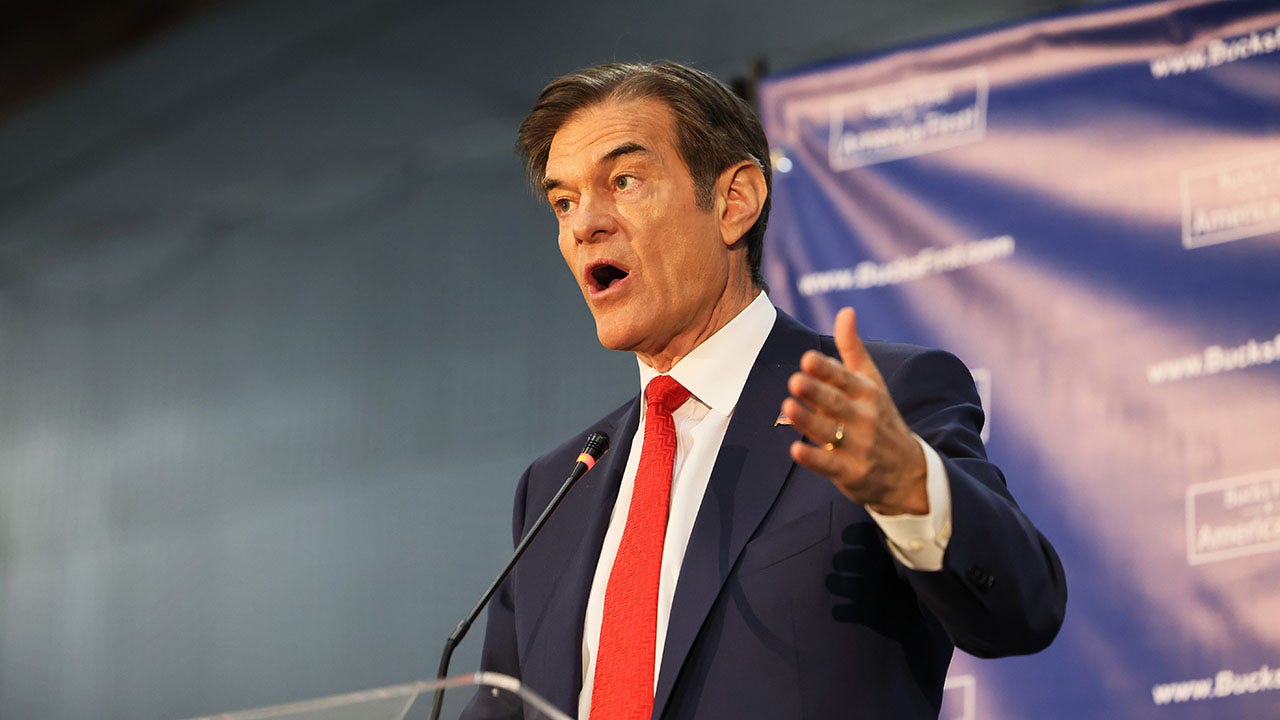The Department for Environment, Food & Rural Affairs has confirmed it will publish a reduced set of biodiversity indicators this year
Environment
1 August 2022
A flock of geese at Lackford Lakes in Suffolk Kumar Sriskandan / Alamy
The UK government has quietly decided against publishing more than two-thirds of the metrics it uses to track the health of nature in England this year, including the state of bird populations and fish stocks. The decision comes just months before a landmark UN biodiversity summit in Canada.
New Scientist revealed last year that the UK government would pause reporting on all biodiversity indicators in 2022 to allow for a review taking account of new targets considered by the biodiversity summit.
The decision this week, published as a footnote on the website of the Department for Environment, Food & Rural Affairs (Defra), means that, in an apparent compromise, seven of the 24 annual indicators tracking English biodiversity will be published this year after all.
However, many of the omitted indicators, such as progress on tackling invasive species and the status of European habitats, previously showed a deteriorating natural environment.
Each indicator is composed of one or more measures scored on a traffic-light scale according to whether they are improving, showing little change or deteriorating. Among the indicators that will be skipped this year, 22 measures are green, six are amber and 19 are red, according to last year’s figures.
“This year’s limited set of indicators can’t cover up the story behind the numbers,” Richard Benwell at the Wildlife and Countryside Link coalition told the ENDS Report, which first reported this week’s update. “Instead of rapid progress toward the recovery of species and habitats, we find that sites and species continue to decline.”
Conservationist Mark Avery, co-founder of non-profit organisation Wild Justice, says: “Defra is failing to tackle wildlife loss and so it has decided to bury the evidence. This is a department with no shame.”
The naturalist and broadcaster Chris Packham says: “Cherry-picking which ones is just cowardice. Claiming that they need a pause at a time of absolute crisis, that’s like saying we’ll stand down the fire brigade in the middle of the Blitz so we can pull ourselves together and think about what we’re doing. It’s ludicrous. I think principally it’s because the news that will emerge is bad news.”
The indicators to be published this year are global biodiversity impacts, air pollution, protected areas, butterflies, pollinating insects, biodiversity expenditure and status of priority species.
In a statement, Defra said: “To enable Defra to do a necessary review, we are publishing a core set this year. But no data will be lost, it will all be published [in 2023].”
Between 5 and 17 December, Canada will host the UN biodiversity summit in Montreal to thrash out a new deal on arresting the decline in nature worldwide, including a series of targets for 2030. Countries have previously fallen far short of targets set for 2020.
Sign up to Wild Wild Life, a free monthly newsletter celebrating the diversity and science of animals, plants and Earth’s other weird and wonderful inhabitants
More on these topics:

























































